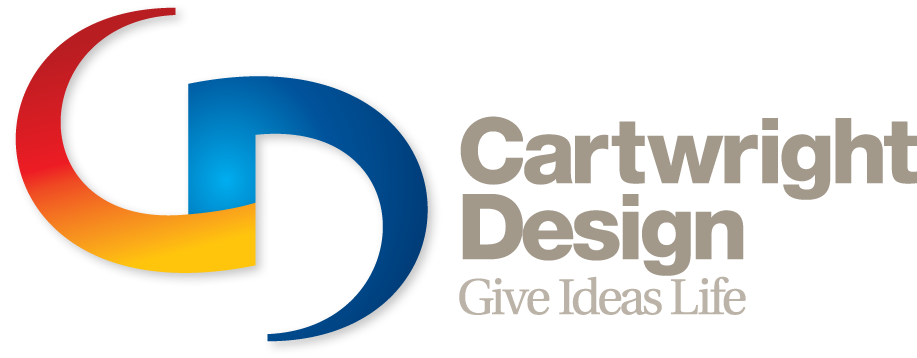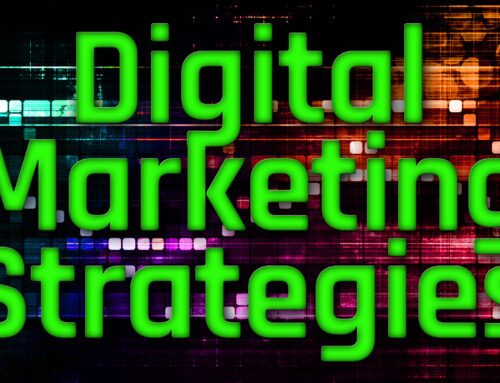Skip to content
Key Elements For Website Design + Blogging
Here are some key elements to include in your website design and development.
- Navigation: The navigation of your website should be clear and easy to use. Visitors should be able to find what they are looking for quickly and easily.
- Layout: The layout of your website should be clean and uncluttered. This will make it easy for visitors to read and understand the content.
- Content: The content of your website should be informative and relevant to the visitors. Make sure to use headings and subheadings to break up the text and make it easy to read.
- Images and videos: Use images and videos to break up the text and make the website more visually interesting.
- Responsiveness: Your website should be designed to be responsive, meaning it should adjust to the size of the device it is being viewed on.
- Search Engine Optimization: Proper SEO techniques should be used to ensure that your website can be easily found by search engines.
- Accessibility: Your website should be accessible to people with disabilities. This includes providing alternative text for images and videos and using proper heading structure.
- Loading speed: The website should be optimized to load quickly and reduce bounce rate.
- Call to action: Your website should have clear calls to action, such as “Contact Us” or “Buy Now,” to guide visitors towards the next step.
- Branding: Your website should reflect your brand and give a professional impression.
These are some key elements to include in your website design, but it is important to remember that there is always room for experimentation and creativity in website design. Additionally, user testing and analytics can help you evaluate how well your website is meeting the needs of your visitors.
There are several key elements of website development that are important to consider when building a website. These include:
- User Experience (UX) and User Interface (UI) Design: The overall design and layout of a website should be user-friendly and intuitive, making it easy for visitors to navigate and find the information they are looking for. This includes the use of a clear and consistent layout, a clear hierarchy of information, and the use of appropriate colors, fonts, and images.
- Functionality: The website should have all the necessary functionality to meet the needs of the users, such as forms, search functionality, and e-commerce capabilities, among others. These features should be user-friendly, easy to use, and properly labeled.
- SEO: A website should be optimized for search engines like bing, yahoo and google, using techniques such as the use of keywords, meta tags, and alt tags, as well as the creation of unique and informative content. This can help increase the visibility of a website in search engine results, making it more likely that potential customers will find it.
- Speed: A website should load quickly and efficiently, to keep visitors engaged and reduce bounce rates. This can be achieved by optimizing images, reducing the number of elements on the page, and using a fast and reliable hosting service.
- Mobile-friendliness: Websites should be optimized for mobile devices, as more and more people, are accessing the internet on their smartphones and tablets. This includes using responsive design techniques and considering the specific needs of mobile users such as larger buttons, and easy-to-read text.
- Security: Websites should be secure, to protect personal and sensitive information, as well as to avoid hacking attempts. This includes using encryption, implementing login controls, and staying up-to-date with the latest security software.
- Maintenance: Websites should be regularly updated and maintained to ensure that all links are working, the information is accurate and up-to-date, and that any necessary security measures are in place. Regularly updating a website can also help keep it fresh and interesting for visitors.
In summary, website development is a complex process that involves many different elements. By considering factors such as user experience and interface design, functionality, SEO, speed, mobile-friendliness, security, and maintenance, it is possible to create a website that will attract and retain customers.
A blog is a great way to share valuable information, insights, and expertise with your audience. The content that should be included in a blog will depend on the specific topic or niche, but there are some general guidelines that can be followed to create effective blog content.
- Relevant and informative content: The content of a blog should be relevant to the topic or niche and should provide valuable information or insights to the reader. This can include tutorials, how-to guides, industry news, and expert analysis.
- Original and unique content: The blog should feature original and unique content that is not easily found elsewhere. This will help set the blog apart from others and attract a loyal readership.
- Use of multimedia: Blogs can be enhanced with the use of multimedia, such as images, videos, and audio. This can help break up text and add visual interest to the content.
- Use of keywords: The blog should be optimized for search engines like Google, by using keywords and phrases that are relevant to the topic or niche.
- Encourage engagement: The blog should encourage engagement from the readers, through the use of calls to action, asking for feedback, or including interactive elements such as quizzes or polls.
- Regularly updated: The blog should be regularly updated with new content to keep readers engaged and coming back for more.
- Shareable: The blog should be easy to share on social media such as LinkedIn, email, or other platforms. This will help expand the reach of the blog and attract new readers.
- Consistency in content: The blog should have consistency in the type of content, such as frequency of posts, format, and tone of writing to build trust with the readers.
In summary, a blog should include relevant, original, and unique content that provides valuable information or insights to the reader. The use of multimedia, keywords and engagement strategies can help make the content more engaging and effective. Additionally, the blog should be regularly updated, shareable, and have consistency in the type of content.
Share This Story, Choose Your Platform!
Page load link











Leave A Comment
You must be logged in to post a comment.